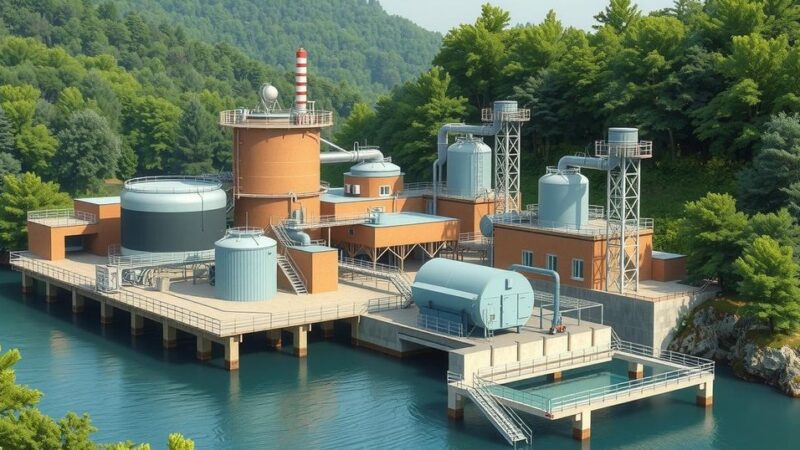The number of tropical cyclones has stabilized, averaging 47 per year since 1980. However, their intensity has significantly increased, with maximum wind speeds rising by 5 percent and the incidence of category five cyclones up by 40 percent. These findings underscore the humanitarian challenges linked to climate change, as emphasized by climatologist Robert Vautard.
In recent decades, the frequency of tropical cyclones has stabilized, with an annual average of 47 storms since 1980, as reported by the National Oceanic and Atmospheric Administration (NOAA) and supported by the World Meteorological Organization (WMO). However, data indicates a disturbing trend: the intensity of these storms is increasing markedly. For instance, maximum wind speeds have risen from an average of 182 kilometers per hour (kph) to 192 kph, reflecting a 5 percent growth. The occurrence of category five cyclones, with wind speeds exceeding 250 kph, has escalated from one in ten to 1.4 in ten storms over the past decade. This significant rise highlights a worrying increase of 40 percent in the most destructive cyclones, thereby aligning with predictions made by the Intergovernmental Panel on Climate Change (IPCC).
This information is particularly alarming for the global community, as the humanitarian consequences of these more powerful storms are exacerbated by social and economic vulnerabilities. As Robert Vautard, a climatologist and IPCC official, stated, “If one can assume climate change is responsible for these trends, make no mistake, the humanitarian catastrophes generated by cyclones are largely due to poverty, vulnerability and a lack of protection for the affected populations.”
The year 2024 observed 42 tropical cyclones, with significant events including Hurricane Milton, which impacted the United States with wind speeds of 278 kph. The West Pacific endured severe consequences with 15 typhoons recorded, including six affecting the Philippines. Cyclone Chido struck Mayotte, leading to casualties and injuries, reinforcing the devastating impact of extreme weather as driven by climatic changes and inadequate preparedness.
The article discusses the phenomenon of tropical cyclones, also referred to as hurricanes or typhoons, and highlights recent trends in their frequency and intensity. While the occurrence of these storms has been constant over the past forty years, their growing intensity is linked to climate change effects. This evolution implies not only a meteorological concern but also raises significant humanitarian issues, especially in vulnerable regions affected by these extreme weather events.
The rising intensity of tropical cyclones signifies a critical challenge associated with climate change, necessitating urgent responses aimed at enhancing resilience among at-risk populations. The data suggest that while storm frequency has remained stable, the increased destructiveness of these cyclones demands comprehensive strategies to combat climate-induced humanitarian challenges. Strengthening infrastructure and response mechanisms is essential to mitigate the adverse impacts of these intensified storms.
Original Source: www.rfi.fr






